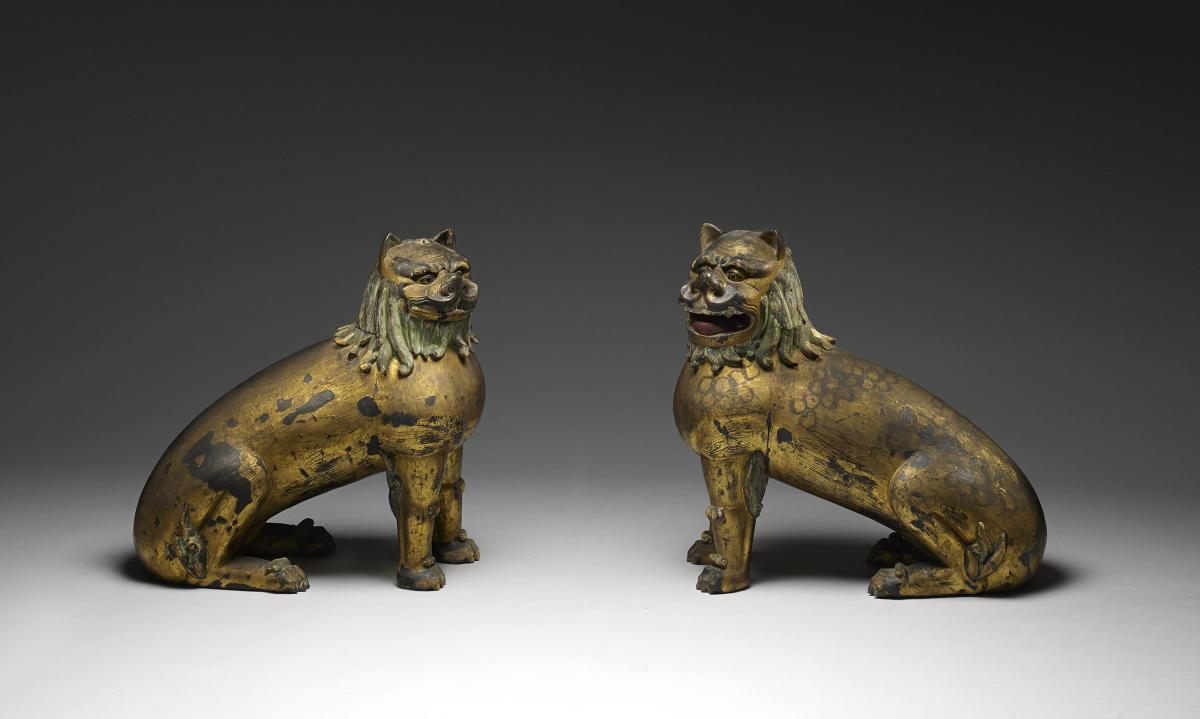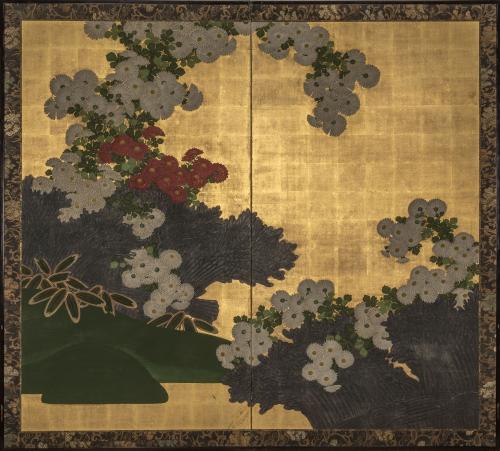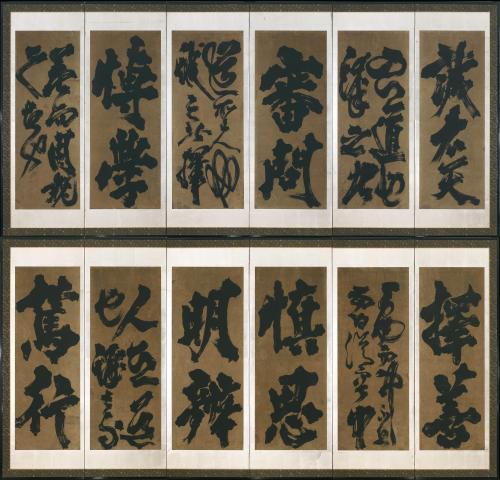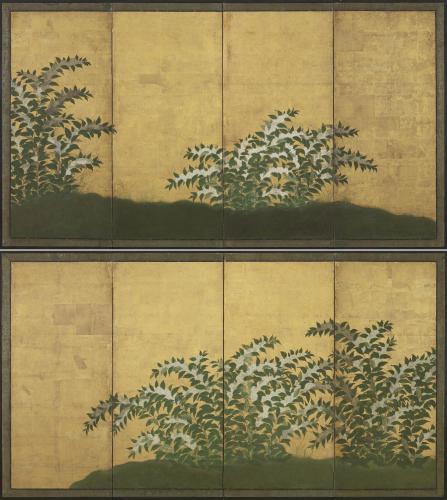

Price on application
This object is eligible for a Certificate of BADA Provenance
The BADA Standard
- Since 1918, BADA has been the leading association for the antiques and fine art trade
- Members are elected for their knowledge, integrity and quality of stock
- Our clients are protected by BADA’s code of conduct
- Our dealers’ membership is reviewed and renewed annually
- Bada.org is a non-profit site: clients deal directly with members and they pay no hidden fees
A pair of wood and lacquer komainu (guardian dogs).
Japan 13th/14th century Kamakura/Muromachi period.
Dimensions (each): H. 45cm x W. 46cm (17¾" x 18¼").
The literal translation of komainu is “Korean dog”. A pair of lion-like guardian figures which are often placed at each side of a shrine or temple entrance in order to ward off evil spirits. Thought to have been brought to Japan from China via Korea, their name is derived from Koma, the Japanese term for the Korean kingdom of Koguryo.
The lions in stone or bronze relief as temple decorations in the Nara period (710-794) belong to a sculptural tradition that can be traced back to the Buddhist art of India and China. Images of the seated Buddha often include lions at his left and right, both to underscore his majesty and to protect him.
In the early Heian period (9th century) the two guardian statues were clearly differentiated. The figure which stood on the right, komainu, resembled a dog with its mouth open (agyou) and sometimes sported a short horn; the figure on the left, shishi, resembled a lion with its mouth closed (ungyou). Gradually the term komainu came to be used for both statues, and their shapes became indistinguishable except for the open and closed mouths (a-un).
For a similar pair of komainu held in the collection of Shirayama Jinja Ishikawa prefecture see: KAMAKURA The Renaissance of Japanese Sculpture 1185-1333, pl.34.
Radio Carbon Dating ref: RCD-8160.
Stock number
6872The BADA Standard
- Since 1918, BADA has been the leading association for the antiques and fine art trade
- Members are elected for their knowledge, integrity and quality of stock
- Our clients are protected by BADA’s code of conduct
- Our dealers’ membership is reviewed and renewed annually
- Bada.org is a non-profit site: clients deal directly with members and they pay no hidden fees




